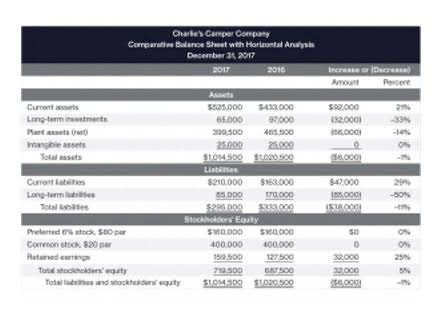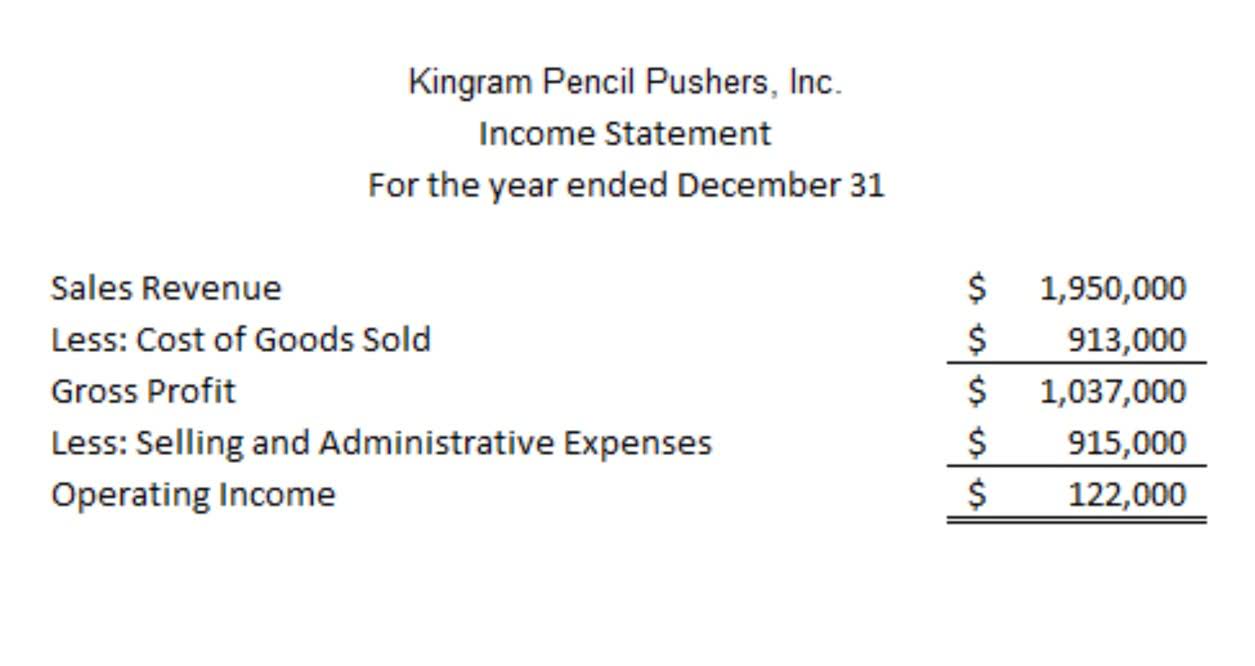
Learn how to fill out a receipt book in seven easy steps. Whether you’re a small business owner or a freelancer, mastering how to fill out a receipt book can help you maintain accurate records and run your business smoothly. If you make a small error, like a misspelling or wrong number, simply draw a line through it, write the correct information above, and initial the correction. For major errors, void the original receipt and write a new one with the correct information. Mistakes happen, but it’s important to correct them promptly and clearly to maintain trust with your customers. Remember, your business should be about growth and innovation.
Step 3. Fill out all the important items in the receipt book.
Now that you grasp the basics and understand carbon copies, let’s explore how to adjust your approach for different types of receipts. The receipt serves as proof, so ensure both you (or the business representative) and the customer (if applicable) sign the receipt. The first crucial step is to write the exact transaction date to keep a record of the payment made or received. The date should be clearly visible on the top corner of the receipt. Another thing you need to keep in mind is to always save receipts on a cloud-based invoicing platform.

Step 1. Make two copies of each transaction.
This practice ensures that each receipt is uniquely identified and that no transaction is overlooked or duplicated. Sequential numbering also facilitates the retrieval of receipts during audits or when addressing customer inquiries, contributing to operational efficiency and customer satisfaction. how to fill out a receipt book The date and receipt number are vital components of a receipt, serving as key identifiers and reference points for the transaction. When filling out a receipt book, accurately recording the date and assigning a unique receipt number is essential for organizational and accounting purposes.
Additional Tips for Mastering Receipt Books

Feel free to include other details like your website address, social media accounts, unearned revenue or operating hours. On a side note, if you don’t have a company name, it’s recommended to write your own full name instead. The white receipt is called the original receipt, which is usually on top and is given to customers. Meanwhile, the yellow receipt is a duplicate or carbon copy of the white receipt that the business keeps for documentation.
From a customer perspective, a signed receipt provides assurance of the transaction’s completion and serves as a tangible proof of purchase. This tangible record holds significance in scenarios where warranty claims, product returns, or service guarantees may be invoked. The presence of a signed receipt expedites the resolution of such matters, thereby enhancing customer satisfaction and trust in the business. The final step in filling out a receipt book involves the critical process of reviewing and signing the receipt. This step serves as the last checkpoint to ensure the accuracy, completeness, and integrity of the transaction record.

How to Fill out Receipt Book: A-Z Guide for Business Owners & Freelancers

By meticulously reviewing the details and affixing a signature, businesses affirm their commitment to professionalism, accountability, and regulatory compliance. In scenarios where multiple items or services are listed on the receipt, the total amount serves as a consolidated figure that encapsulates the entirety of the customer’s purchase. Food Truck Accounting This sum not only simplifies the payment process for the customer but also provides a clear reference point for reconciling accounts and conducting financial analysis. For retail businesses, itemizing the products sold on the receipt enables customers to verify their purchases accurately. It also serves as a point of reference for product warranties, returns, or exchanges. By clearly listing each item with its corresponding details, businesses demonstrate a commitment to integrity and customer satisfaction.
Include the date and receipt number
Despite the advantages of traditional paper receipt books, technology introduces various solutions to enhance and simplify receipt management. In this section, we’ll examine digital receipt book options and discuss the merits of transitioning from paper to digital receipts. Now that you’re familiar with the importance of filling out a receipt book correctly and the components to include, it’s time to put it all into practice. Next, we will guide you through the process of entering the date and receipt number, documenting crucial transaction details, and finalizing and signing the receipt. A receipt book typically consists of multiple sets of individual receipt templates, each designed to help you capture essential transaction details. Effective financial management requires vigilant tracking of your sales and payments.
Transitioning from Paper to Digital
- First up, think about using a receipt template.
- Keeping a receipt book means you don’t need to conduct manual searches to gather sales tax data from every corner of your office.
- By following the step-by-step guide and including all the essential details, you can create comprehensive receipts that will help you stay organized and compliant.
- List the subtotal amount before you factor in the taxes or additional charges.
- One copy is for you, and one is for the customer.
Providing them with an original receipt also serves as proof of purchase, protecting both parties from potential disputes. Add up the amount the customer paid for all items, also known as the subtotal. List this on the receipt so customers know the total amount going directly to your business. If you sell multiple quantities of any one item, multiply the number by the quantity to get the total price for those items. For example, if you sold four $10 mugs, the total price on the “mug” line on the receipt would show that the customer paid $40. Most receipt books have color-coded pages, so you can tell which is the original and which is the carbon copy.
You need to write the quantity/units, description, name of product/service, and corresponding price. There are also carbonless receipt books that have been specially treated to transfer the contents of the first page onto the second page. Make sure to write down the subtotal amount separately from the grand total to avoid confusion and to ensure your customers know the details of their payments. A receipt book is a handy way to manually keep track of your business’s sales and expenses, especially if you’re running a small business.
Leave a Reply